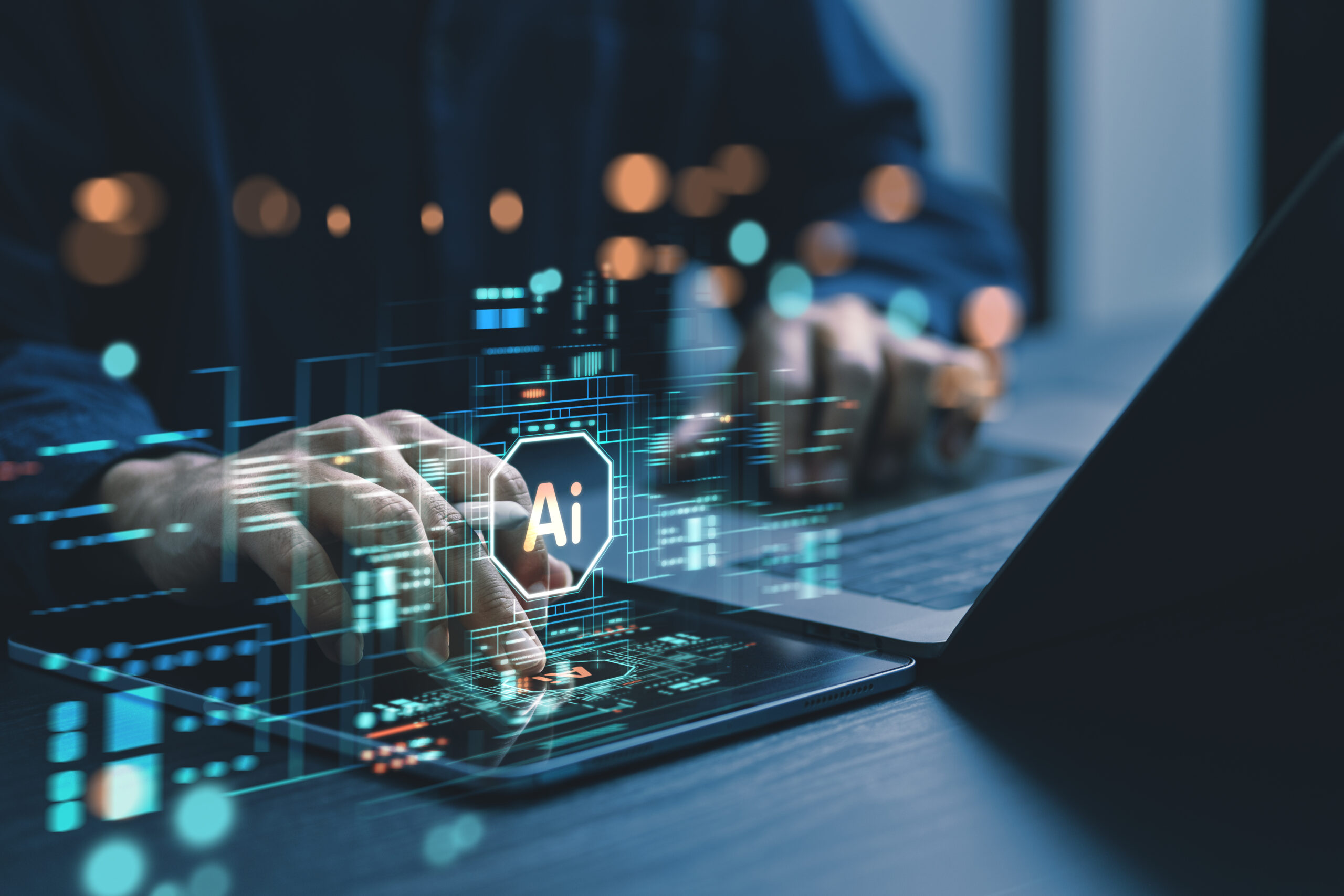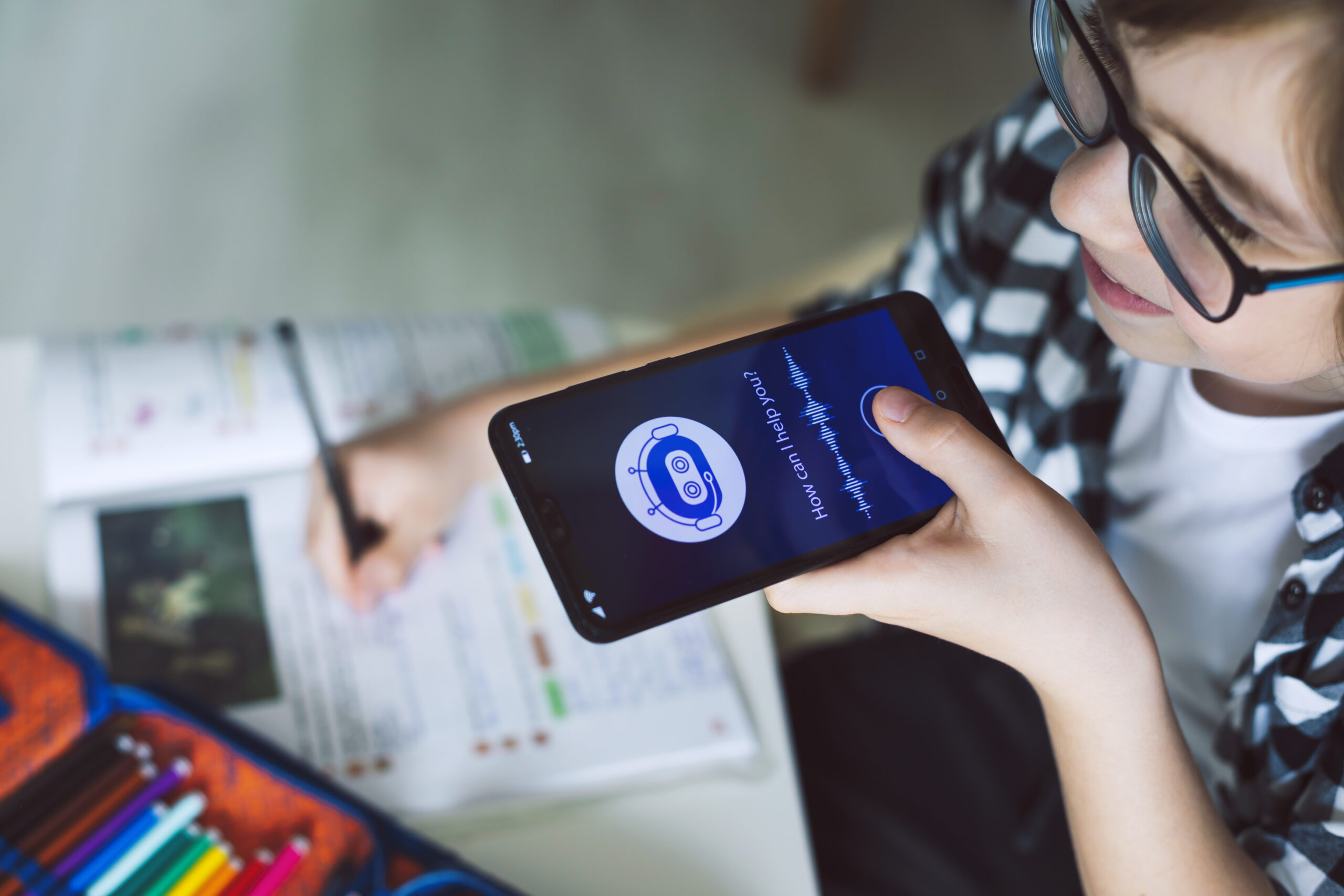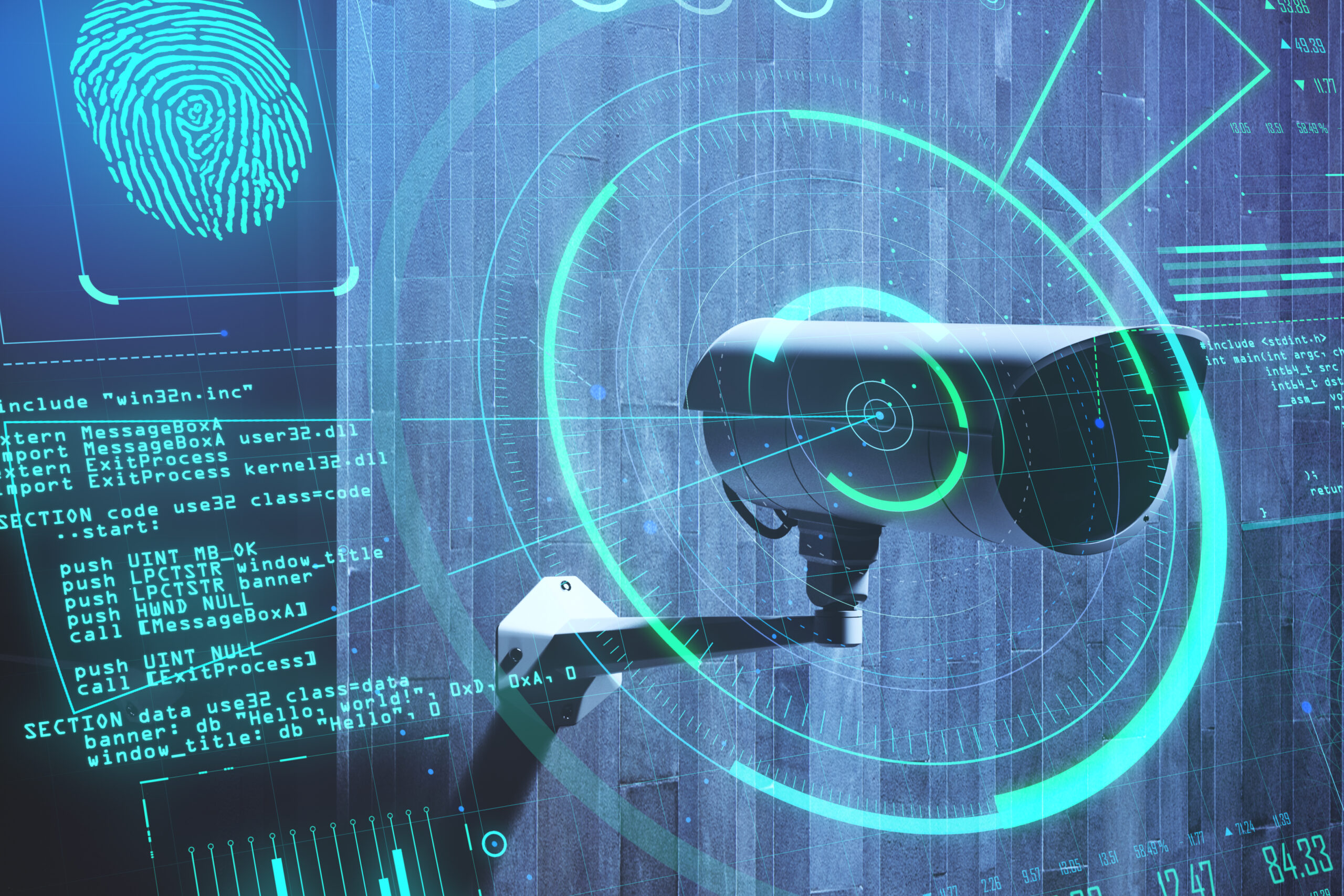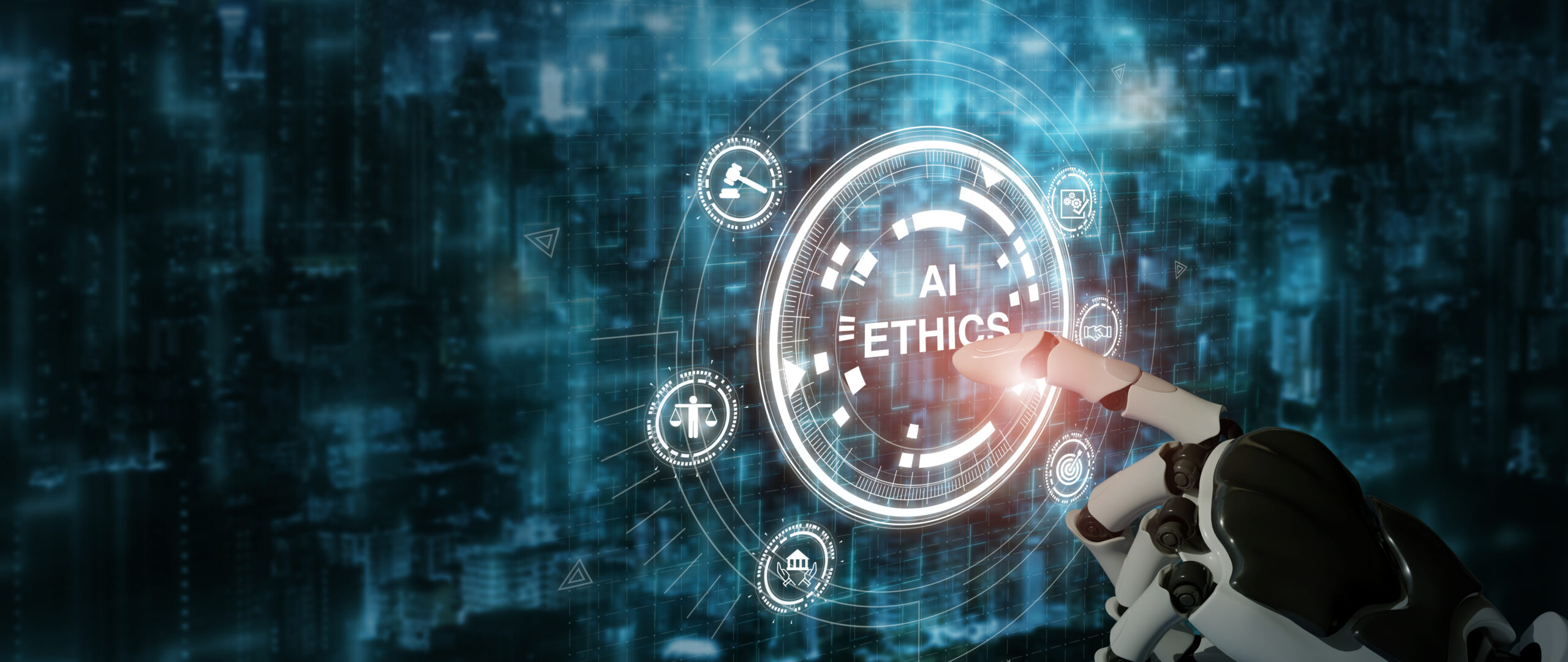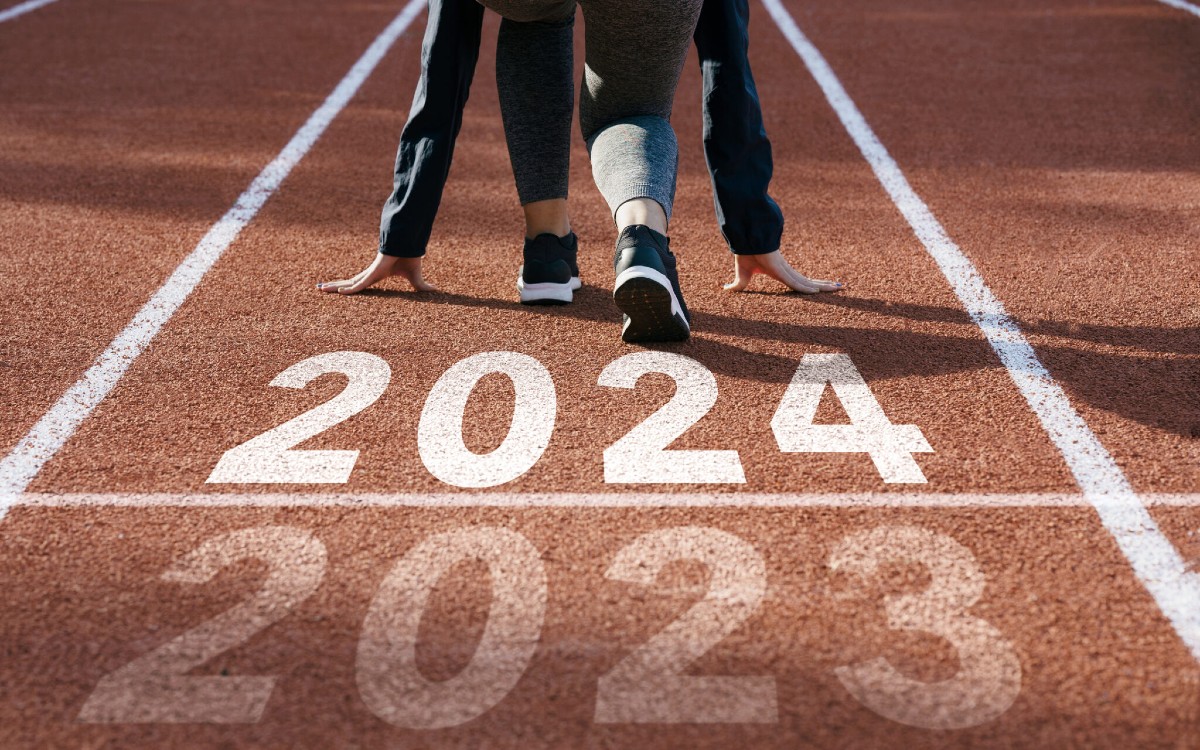Artificial intelligence (AI) is becoming a critical tool in the workplace, helping companies streamline processes, make data-driven decisions, and improve efficiency. However, the quality of AI systems depends on the data that trains them. However, if that data reflects existing societal biases, it causes bias in AI and can unintentionally reinforce discrimination.
From hiring and promotions to employee evaluations, AI-driven decisions can create unequal outcomes if not carefully managed. Understanding how bias appears in AI and taking steps to prevent it is essential for maintaining a fair and inclusive workplace.
How Bias in AI Happens
AI models learn from historical data, which often reflects existing social patterns and inequalities. When AI uses this data to make decisions, it can amplify those biases, creating unfair advantages or disadvantages for certain groups.
1. Historical Data Bias
AI models are trained on past data. If that data reflects patterns of discrimination, AI will reproduce those patterns. For example, if a company’s historical hiring data shows a tendency to hire more men than women for leadership roles, an AI-driven hiring tool might replicate this pattern—rejecting qualified female candidates based on historical bias.
2. Sampling Bias
If the AI model trains on unrepresentative data, it may generate skewed recommendations. For example, if developers train an AI tool primarily on data from employees in senior roles, the tool might overlook the experiences and needs of junior employees.
3. Algorithmic Bias
Even if the data is balanced, the algorithm itself can create bias. The way an algorithm weighs different factors or interprets patterns can lead to unintended discrimination. For instance, an AI performance evaluation tool might weigh productivity more heavily than teamwork, favoring individual contributors over collaborative employees.
Examples of AI Bias in the Workplace
- Hiring: An AI-powered recruitment tool rejects candidates with gaps in their resumes, disproportionately affecting working parents or individuals who took medical leave.
- Promotions: An AI tool recommends promotions based on historical performance data that favors employees from certain departments or demographics.
- Performance Reviews: AI assigns higher scores to employees who work longer hours, reinforcing a culture that penalizes employees with caregiving responsibilities.
How to Prevent Bias in AI
1. Use Diverse and Representative Data
Ensure that AI models are trained on data that reflects the full diversity of your workforce. Include data from employees of different ages, genders, ethnicities, and job levels to avoid skewed outcomes.
2. Audit AI Tools Regularly
AI models should be monitored and tested for biased outcomes. Run simulations to see how AI decisions impact different employee groups and adjust the model as needed.
3. Create Transparency Around AI Decisions
Employees need to understand how AI-driven decisions are made. Provide clear explanations for AI recommendations and give employees a process for challenging decisions they believe are unfair.
4. Involve a Diverse Review Team
AI outputs should be reviewed by a diverse group of employees to catch potential blind spots. Encourage feedback from underrepresented groups to identify patterns of bias.
5. Establish Human Oversight
AI should support—not replace—human judgment. Managers and HR leaders should have the final say on hiring, promotions, and performance reviews, using AI as one tool among many.
Building Fairness and Trust with AI
AI can improve workplace decision-making—but only when people use it responsibly. By identifying and correcting bias in AI systems, companies can build a more inclusive and equitable work environment. Ensuring that AI serves all employees fairly will strengthen trust and engagement, driving better business outcomes in the long run.

